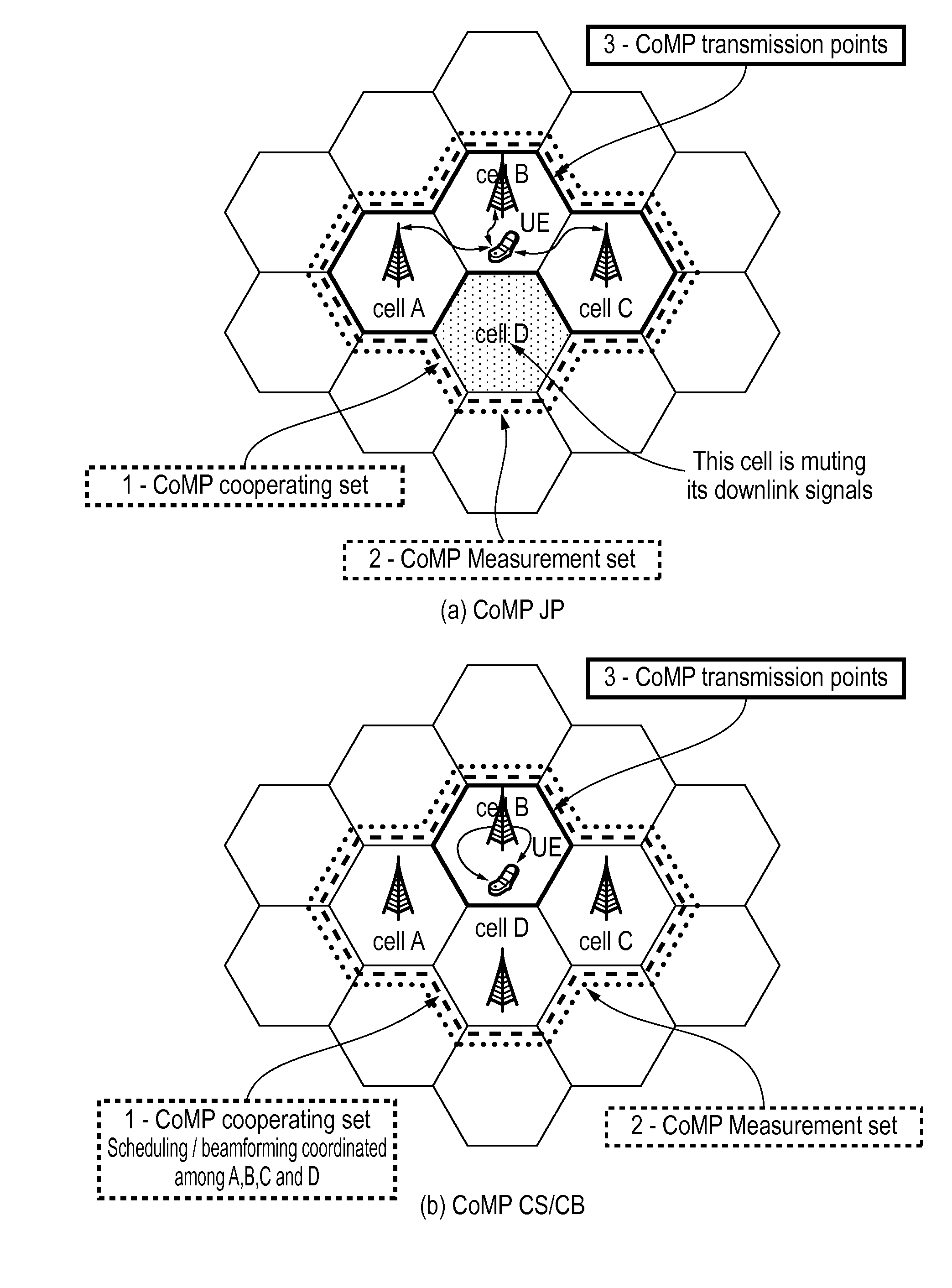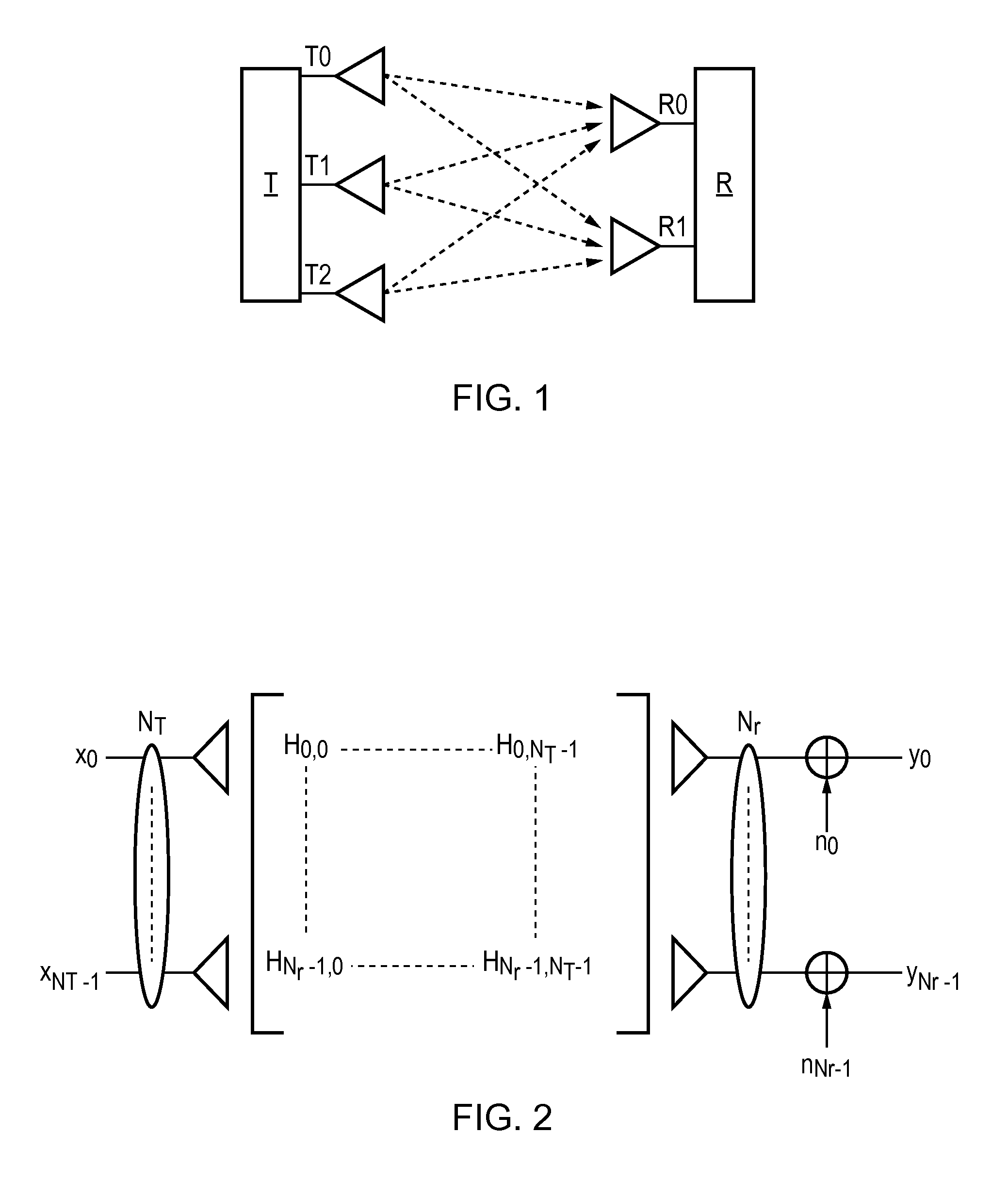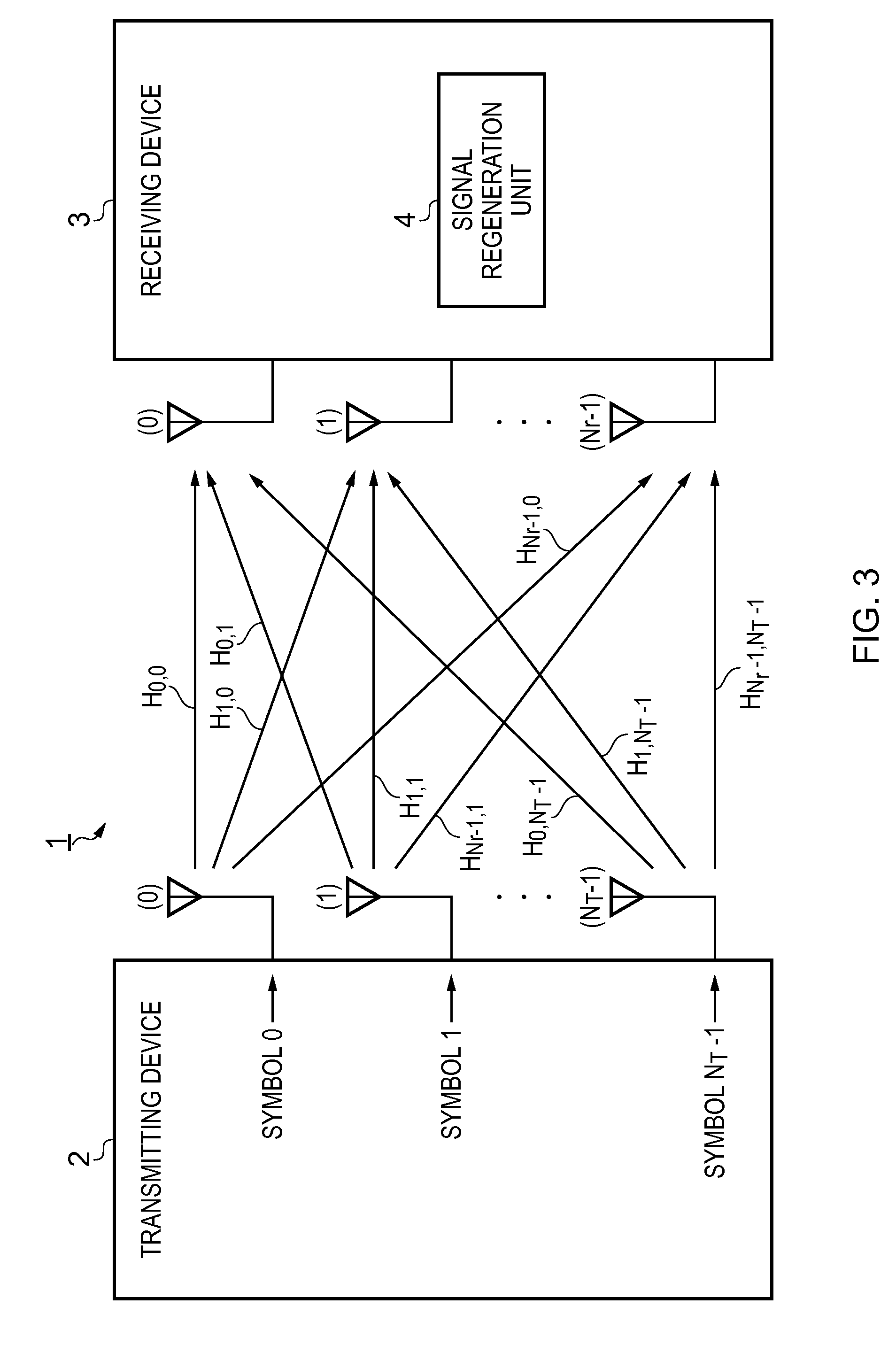Feedback interval control
a control interval and interval technology, applied in the field of feedback interval control, can solve the problems of inter-cell interference, data being transmitted to the cell-edge user, and the benefits of ofdma and mimo transmission can often be limited by inter-cell interference, so as to prevent or significantly limit the interference among users within a given cell, the effect of avoiding intra-cell interference and limiting the benefits of ofdma and mimo transmission
- Summary
- Abstract
- Description
- Claims
- Application Information
AI Technical Summary
Benefits of technology
Problems solved by technology
Method used
Image
Examples
Embodiment Construction
[0104]As explained above, the present invention operates to adjust the timing with which one or more UEs feed back channel state information based on the way the channel state changes in time. In preferred embodiments, the feedback interval can be adaptively altered based on a parameter related to time variation in channel spatial structure.
[0105]In the particularly preferred embodiments of the invention that are described below, the parameter which is chosen for this purpose will be referred to as the “extended correlation matrix distance” or “wideband correlation matrix distance” (i.e. extended CMD or wideband CMD—these terms may be considered interchangeable) and will be represented by the symbol dwd—corr. However, as has been noted previously, the invention is not necessarily limited to the use of this particular parameter, and it is possible that other embodiments of the invention might alternatively operate using other parameters related to time variation in channel state, or ...
PUM
 Login to View More
Login to View More Abstract
Description
Claims
Application Information
 Login to View More
Login to View More - R&D
- Intellectual Property
- Life Sciences
- Materials
- Tech Scout
- Unparalleled Data Quality
- Higher Quality Content
- 60% Fewer Hallucinations
Browse by: Latest US Patents, China's latest patents, Technical Efficacy Thesaurus, Application Domain, Technology Topic, Popular Technical Reports.
© 2025 PatSnap. All rights reserved.Legal|Privacy policy|Modern Slavery Act Transparency Statement|Sitemap|About US| Contact US: help@patsnap.com



